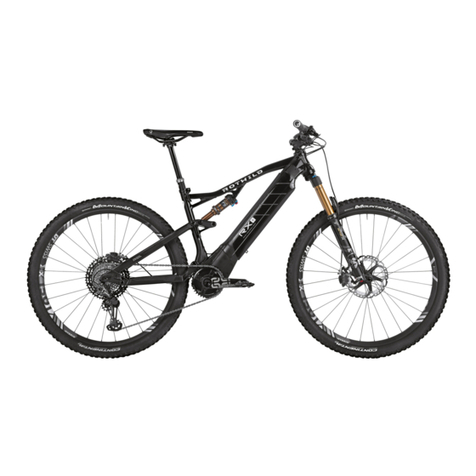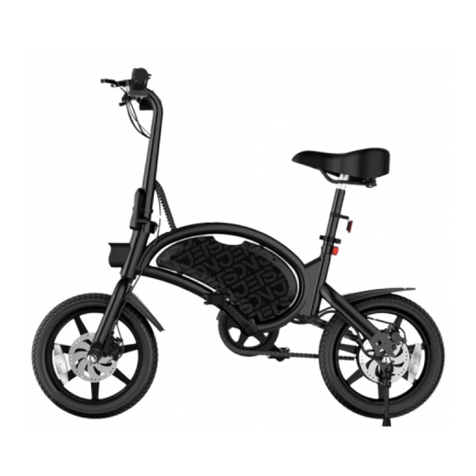Derby cycle Pedelec User manual











Other manuals for Pedelec
1
Table of contents
Other Derby cycle Bicycle manuals
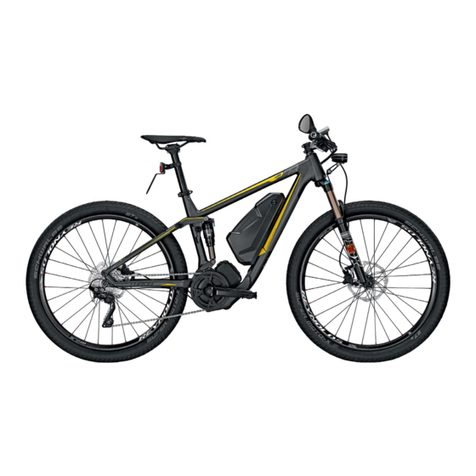
Derby cycle
Derby cycle IMPULSE 2.0 SPEED User manual

Derby cycle
Derby cycle Focus User manual
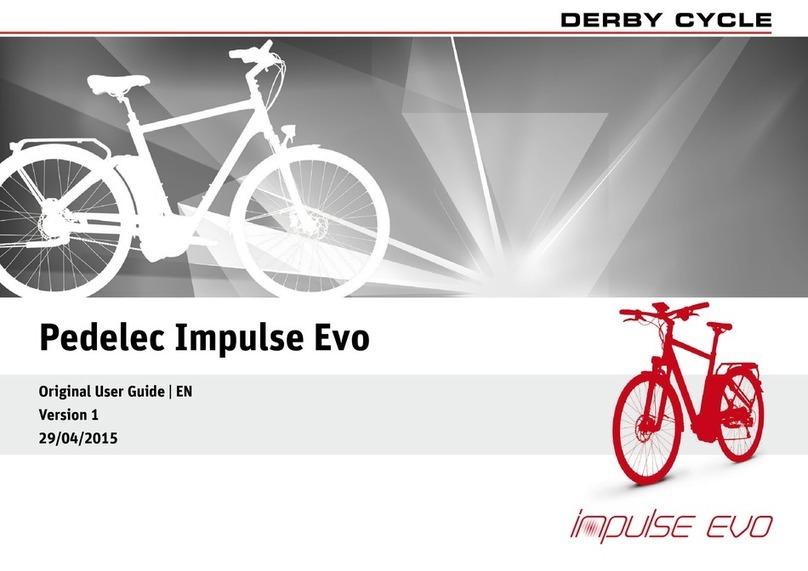
Derby cycle
Derby cycle Pedelec Impulse Evo User manual

Derby cycle
Derby cycle Kalkhoff User manual
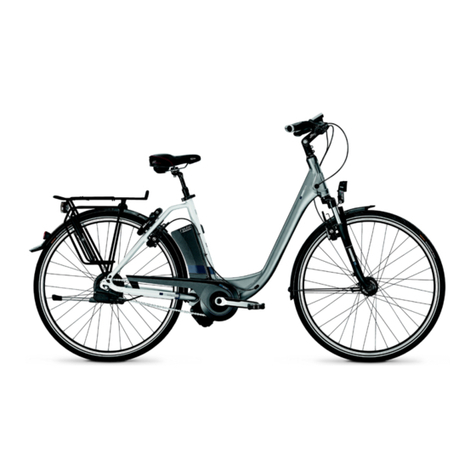
Derby cycle
Derby cycle PEDELEC IMPULSE 2.0 ERGO User manual
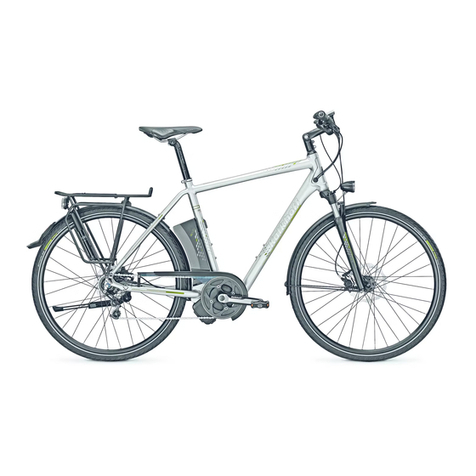
Derby cycle
Derby cycle Pedelec User manual
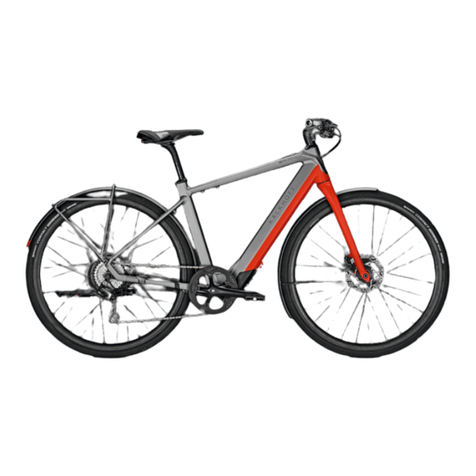
Derby cycle
Derby cycle Pedelec Groove Next User manual
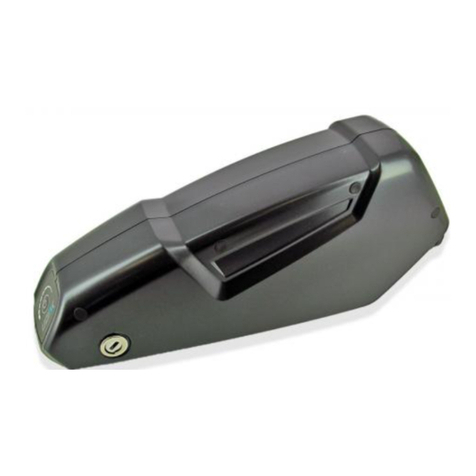
Derby cycle
Derby cycle Pedelec Xion User manual
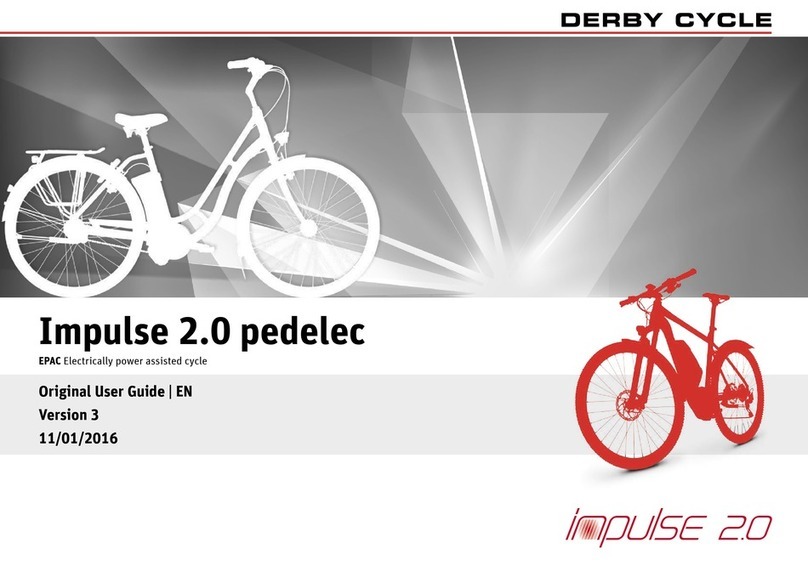
Derby cycle
Derby cycle Impulse 2.0 pedelec User manual

Derby cycle
Derby cycle Pedelec Impulse Evo User manual
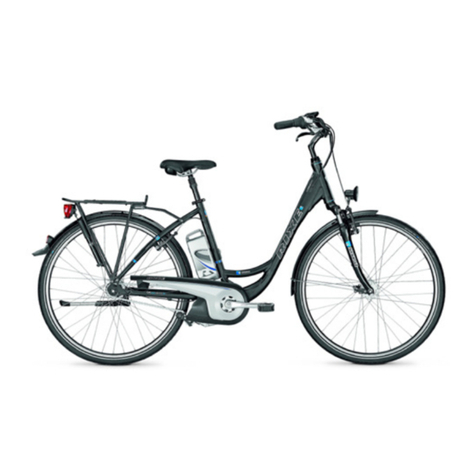
Derby cycle
Derby cycle Rixe User manual
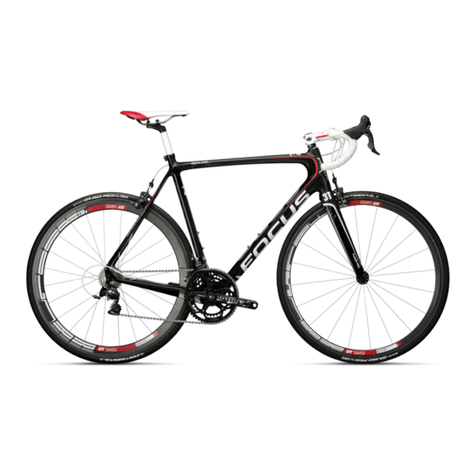
Derby cycle
Derby cycle Focus 2 User manual
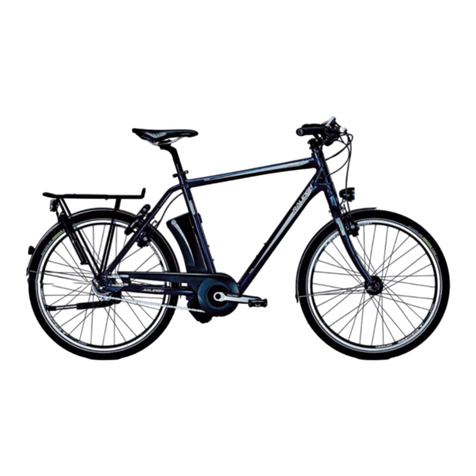
Derby cycle
Derby cycle impulse User manual
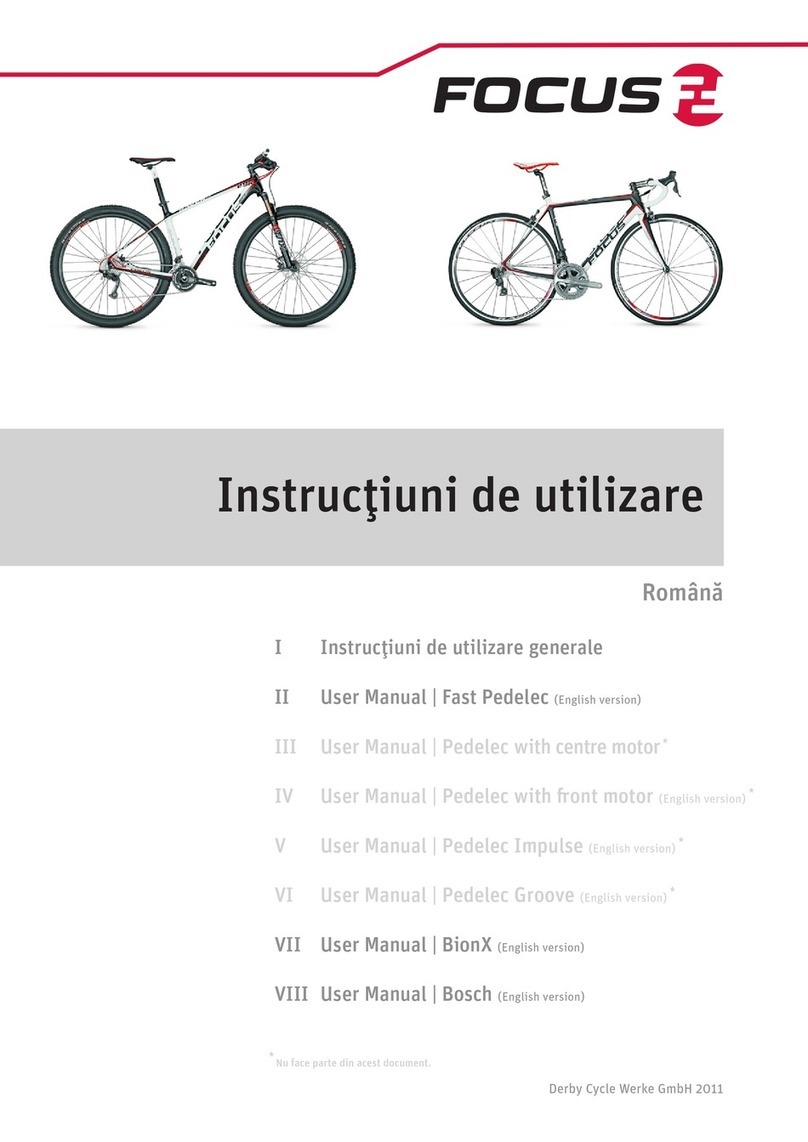
Derby cycle
Derby cycle Focus Fast Pedelec User manual
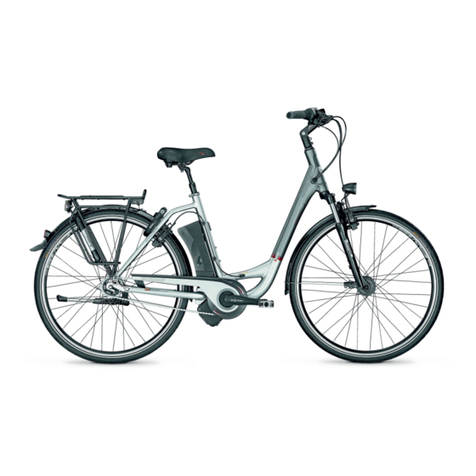
Derby cycle
Derby cycle Impulse 2.0 pedelec User manual
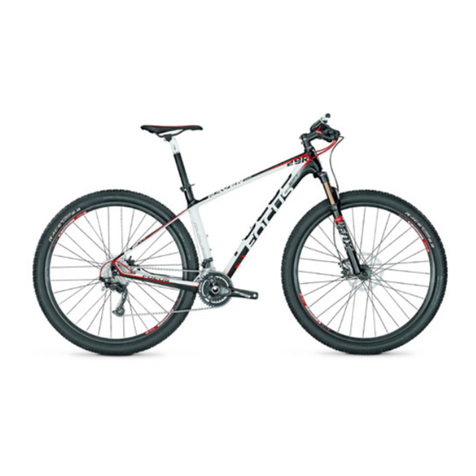
Derby cycle
Derby cycle Focus User manual
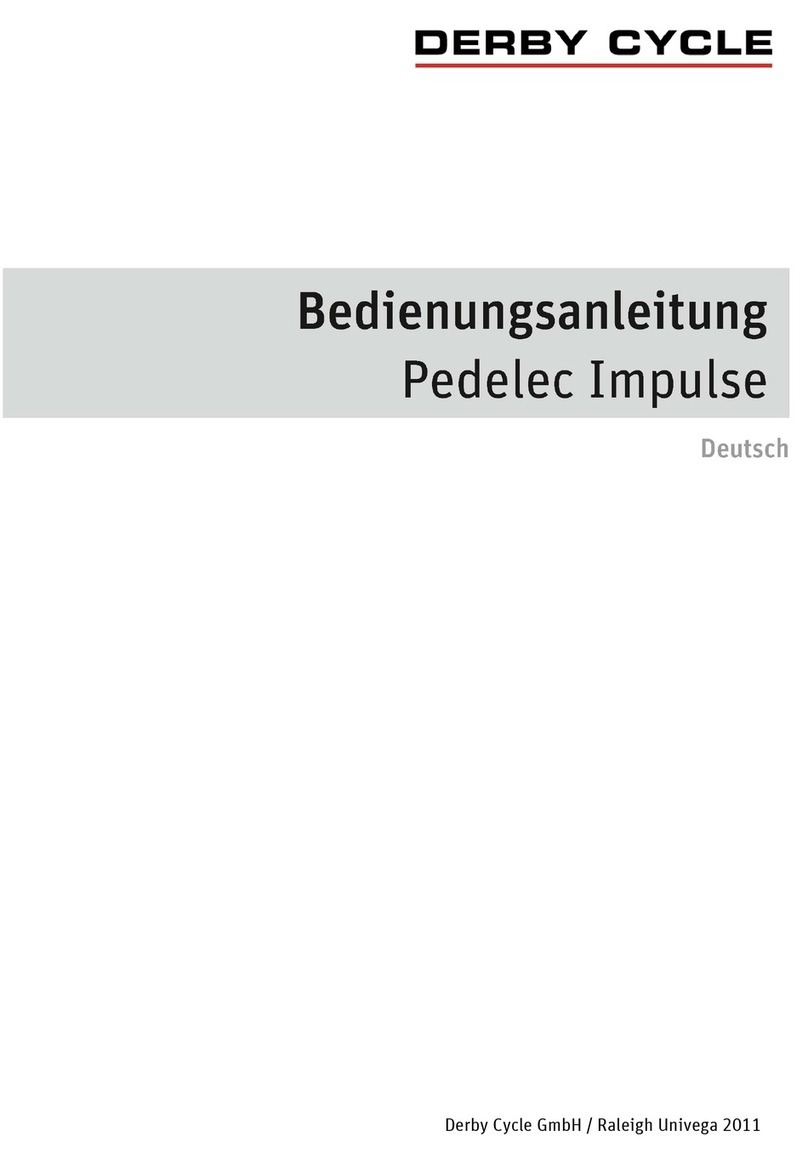
Derby cycle
Derby cycle impulse User manual
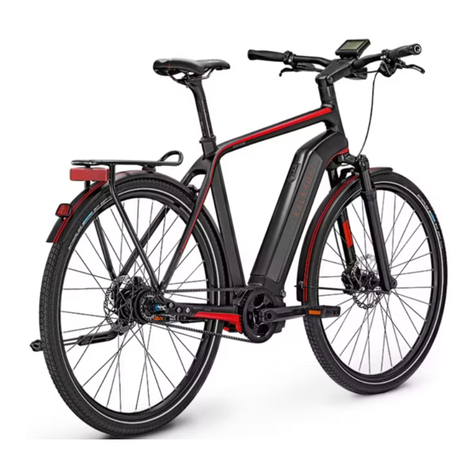
Derby cycle
Derby cycle Pedelec Impulse Evo RS Speed User manual
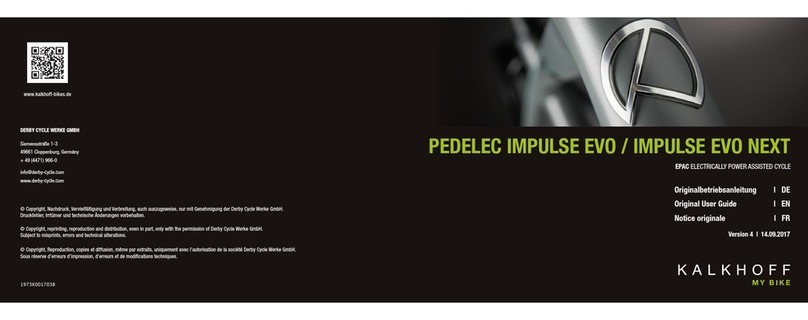
Derby cycle
Derby cycle Impulse Evo User manual
Popular Bicycle manuals by other brands
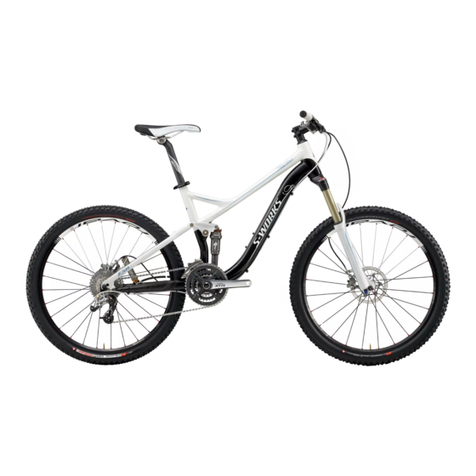
Specialized
Specialized S-Works Safire owner's manual

lalaloom
lalaloom Spring bike instruction manual

Panasonic
Panasonic FLYER operating instructions

Ninety One
Ninety One MERAKI ULTRA quick start guide
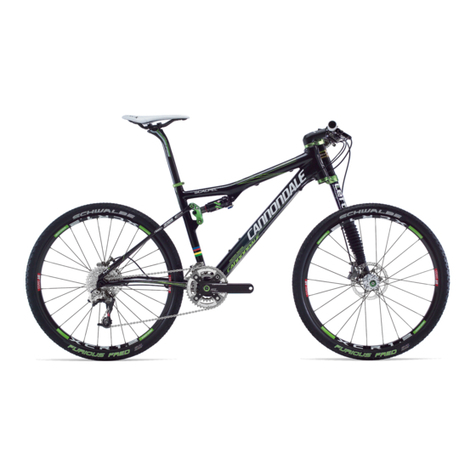
Cannondale
Cannondale SCALPEL 100 SCALPEL 100 Owner's manual supplement
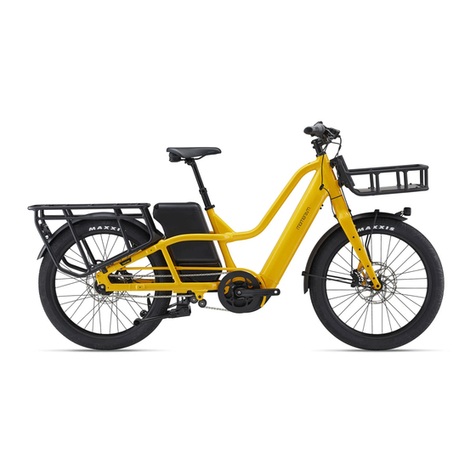
Momentum
Momentum PakYak user manual




